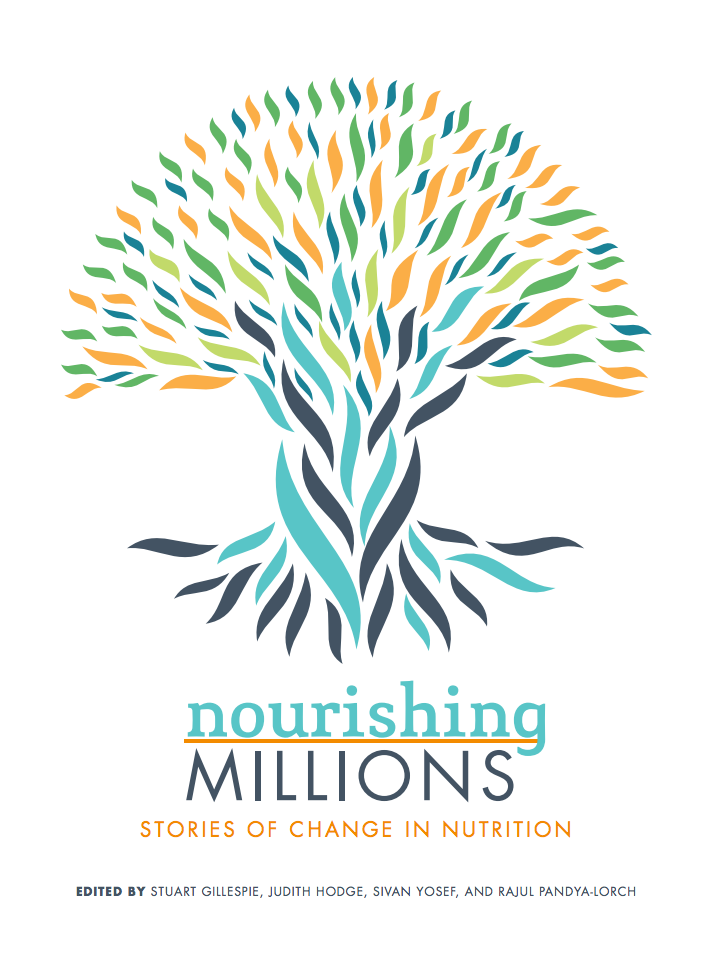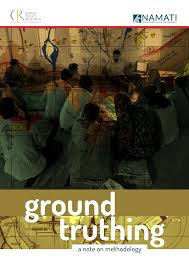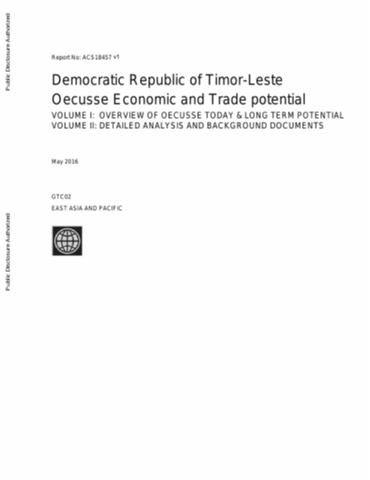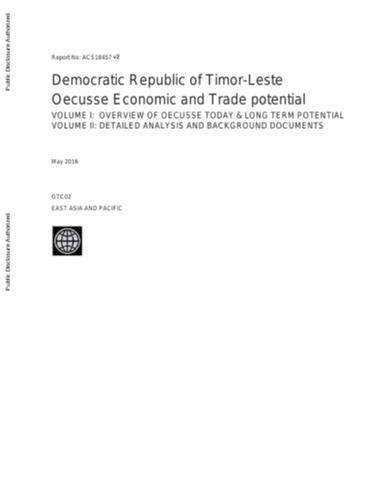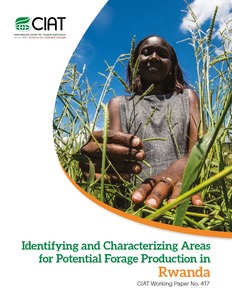Comunidad resiste la expansión de la agroindustria en Guatemala con agricultura orgánica
La comunidad de Monseñor Romero se encuentra en la zona costera de Guatemala, región acaparada por los monocultivos de caña de azúcar, banano y palma africana. Para generar autoempleo, mejorar la fertilidad de sus tierras y evitar la explotación laboral de la agricultura industrial, la comunidad cambió sus cultivos tradicionales de maíz y ajonjolí por la producción orgánica de la flor de loroco (Fernaldia pandurata).



